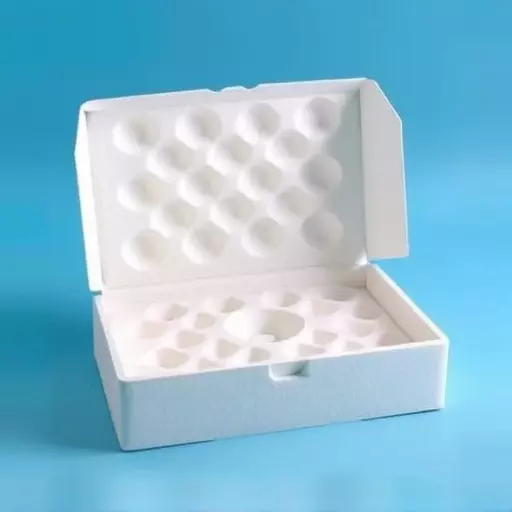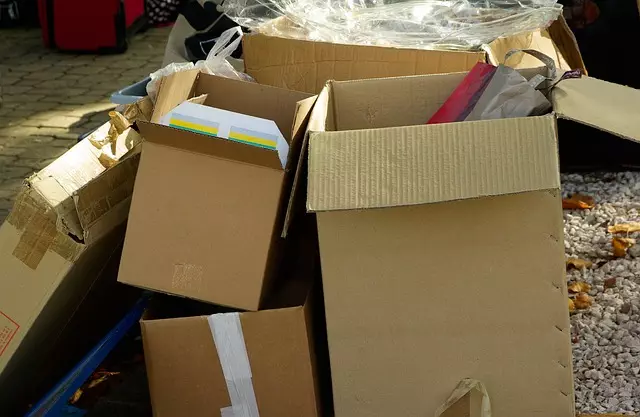Waterproof custom foam packaging is a revolutionary, eco-friendly solution for product protection. Its multi-layer construction uses water-repellent foams and protective coatings to create a robust barrier against moisture in humid environments. Versatile enough for electronics, beauty products, and perishable goods, this packaging reduces environmental impact with recyclable or biodegradable materials. Customizable shapes, sizes, and thicknesses ensure enhanced safety during transit, making it a popular choice among businesses seeking sustainable, effective protection for their products.
Waterproof foam packaging is revolutionizing product protection and transportation, offering an eco-friendly alternative to traditional materials. This article delves into the world of custom foam packaging, exploring its benefits and versatile applications. We’ll uncover how waterproof foam, made from sustainable sources, provides exceptional protection for fragile items. Additionally, we’ll highlight customization options, ensuring businesses can tailor their packaging to specific product needs while minimizing environmental impact. Get ready to discover a game-changer in protective foam solutions.
- Understanding Waterproof Foam Packaging: Materials and Benefits
- Customization Options for Eco-Friendly Protective Foam
- Implementing Waterproof Foam: Best Practices and Real-World Applications
Understanding Waterproof Foam Packaging: Materials and Benefits
Waterproof foam packaging is a game-changer in the world of product protection and custom foam packaging. This innovative solution combines lightweight, flexible materials with exceptional water resistance, making it ideal for various industries seeking eco-friendly foam packaging options. The key lies in its multi-layer construction, which includes water-repellent foams and protective coatings that create a robust barrier against moisture intrusion.
The benefits are numerous: it ensures the integrity of products during transit or storage, especially in humid environments, thus reducing the risk of damage. This type of packaging is versatile, suitable for sensitive electronics, delicate beauty products, and even perishable goods, requiring a protective foam packaging solution that can withstand environmental challenges. Its eco-friendly nature, often achieved through recyclable or biodegradable foams, adds to its appeal, positioning waterproof foam packaging as a responsible choice for businesses aiming to reduce their environmental footprint while maintaining product quality.
Customization Options for Eco-Friendly Protective Foam
Custom foam packaging offers unparalleled versatility and creativity in designing protective solutions for various products. Eco-friendly materials are now widely available, allowing manufacturers to create unique shapes, sizes, and thicknesses tailored to specific item requirements. From intricate cutouts to specialized cavities, these customizable options ensure that every product receives the exact level of cushioning needed, enhancing safety during transit.
Protective foam packaging, made from sustainable sources, is gaining popularity as businesses seek greener alternatives. This trend enables brands to meet environmental standards while offering robust protection for fragile or delicate goods. Customizable eco-friendly foam solutions not only contribute to a company’s sustainability goals but also provide an opportunity to differentiate their brand through innovative and responsible product presentation.
Implementing Waterproof Foam: Best Practices and Real-World Applications
Implementing Waterproof Foam Packaging: Best Practices and Real-World Applications
When it comes to custom foam packaging, waterproofing is a crucial consideration for businesses seeking reliable protective foam solutions. Eco-friendly foam packaging that can withstand exposure to moisture is in high demand across various industries, from electronics to pharmaceuticals. Waterproof foam not only ensures the safety and integrity of products during shipping and storage but also reduces the risk of damage caused by water ingress.
Best practices for implementing waterproof foam include selecting the right type of foam material designed specifically for water resistance, such as closed-cell polyethene or polyurethane foams. Proper sealing and encasement techniques are essential to prevent moisture penetration. Additionally, using custom-cut foam inserts that perfectly fit the product’s shape enhances protection by eliminating air pockets where water could collect. Real-world applications of waterproof foam packaging can be seen in floatation devices, waterproof cases for outdoor gear, and specialized containers for storing sensitive electronics.
Waterproof foam packaging represents a significant advancement in product protection and eco-friendly design. By understanding the materials, benefits, and customization options available, businesses can implement this innovative solution effectively. Custom foam packaging not only offers superior protective capabilities but also contributes to sustainability efforts through responsible material choices. As we’ve explored, integrating waterproof foam into your packaging strategy can provide numerous advantages, making it a game-changer for various industries. Whether for delicate electronics or fragile glassware, eco-friendly foam packaging ensures products arrive safely and sustainably.


